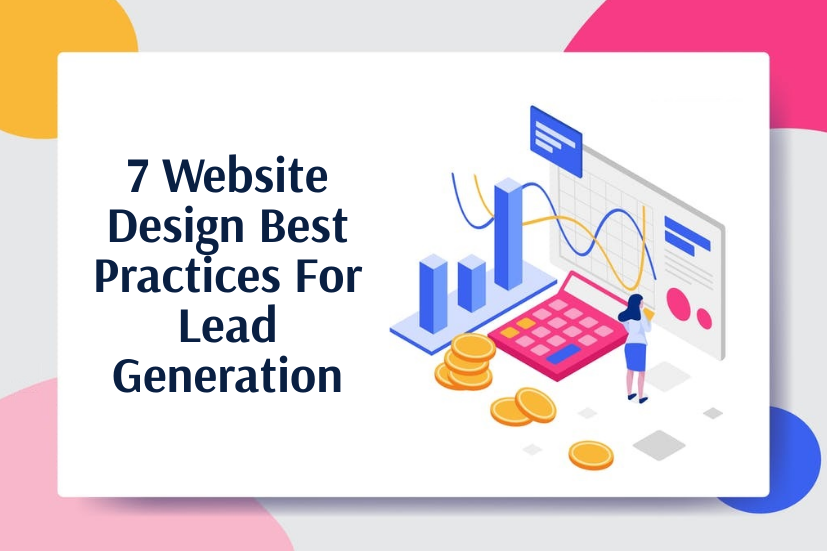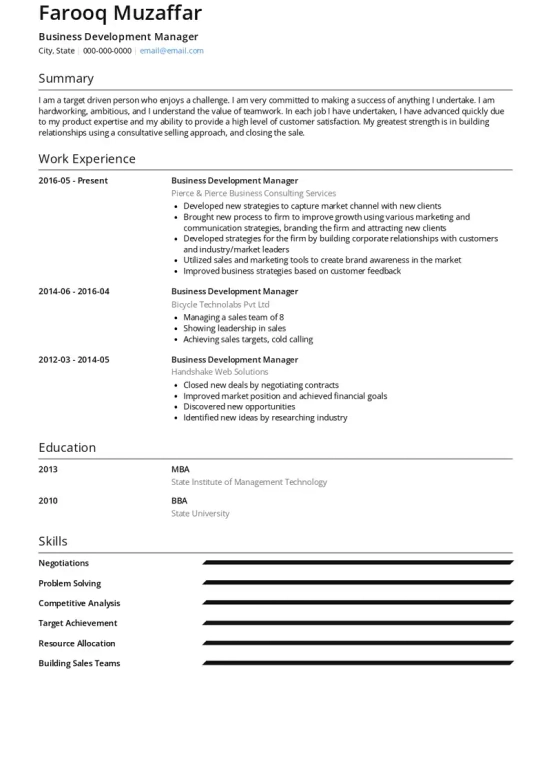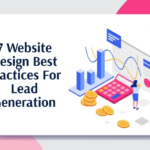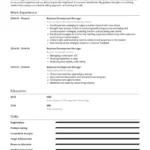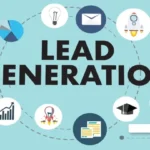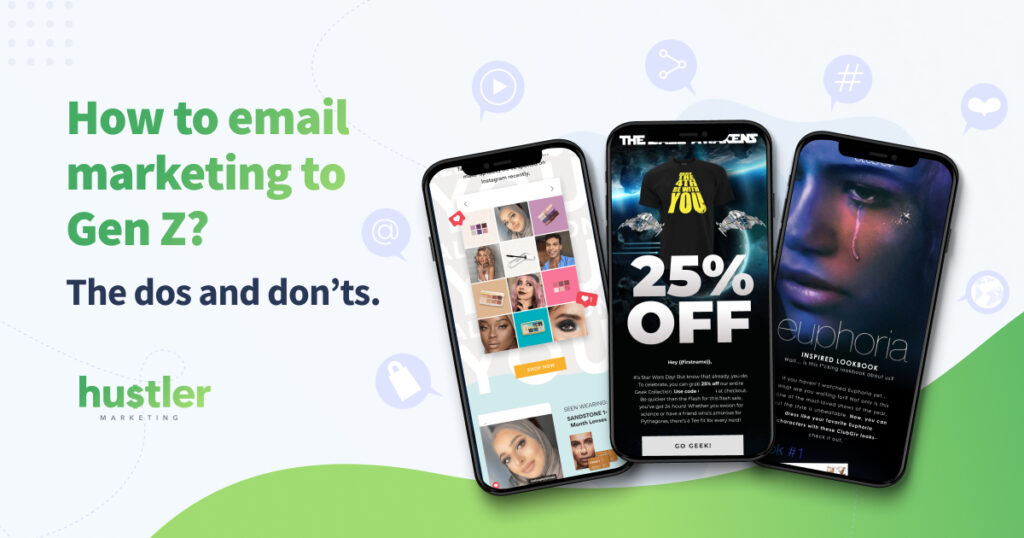
Email marketing is a powerful tool for businesses. It helps to engage and retain customers.
With so many strategies and tools available, it can be overwhelming to get started. This guide will take you through everything you need to know, from the basics to advanced techniques. Whether you’re a beginner or looking to refine your skills, this comprehensive overview will provide valuable insights.
Email marketing remains one of the most effective ways to connect with your audience and grow your business. Get ready to dive deep into the world of email marketing, learn best practices, and discover tips to enhance your campaigns. By the end of this guide, you’ll feel confident in creating and managing successful email marketing strategies.

Credit: www.hustlermarketing.com
Introduction To Email Marketing
Email marketing is a powerful tool in the digital marketing landscape. It offers a direct line of communication with your audience. Understanding its fundamentals is crucial for any marketer.
What Is Email Marketing?
Email marketing involves sending emails to prospects or customers. These emails can share news, promotions, or updates. The goal is to build relationships and drive sales. It’s an effective way to reach a broad audience at a low cost.
Importance In Digital Marketing
Email marketing is vital in digital marketing. It offers a high return on investment. You can personalize messages based on customer preferences. This increases engagement and conversion rates.
Emails allow you to nurture leads and retain customers. By sending relevant content, you keep your brand in their minds. This leads to increased loyalty and repeat business.
In conclusion, email marketing is an essential part of any digital strategy. It connects you directly with your audience and helps achieve your business goals.
Credit: www.mailpoet.com
Building Your Email List
Building an email list is the cornerstone of successful email marketing. It enables direct communication with potential customers. This section delves into effective methods and best practices for building your email list.
Effective Methods
Offer valuable content. Create eBooks, whitepapers, or exclusive articles. Users will exchange their email addresses for these resources. Place sign-up forms on your website. Use pop-ups or embedded forms to capture emails. Make it easy for visitors to subscribe. Leverage social media. Promote your email list on your social channels. Encourage followers to sign up for updates and special offers.
Best Practices
Always ask for permission. Ensure users opt-in willingly. This builds trust and ensures higher engagement rates. Segment your list. Group subscribers based on interests or behavior. Send targeted emails that resonate with each group. Keep your sign-up process simple. Ask for minimal information. A name and email address are often enough. Regularly clean your email list. Remove inactive subscribers. This improves your email deliverability and engagement rates.
Creating Engaging Content
Creating engaging content is crucial for the success of your email marketing campaigns. High-quality content can capture your audience’s attention and drive conversions. Focus on crafting subject lines that draw readers in and using personalization techniques that make each email feel unique. Let’s dive into these aspects in more detail.
Crafting Compelling Subject Lines
The subject line is the first thing your audience sees. It needs to grab attention quickly. Use action words and keep it short. Aim for 50 characters or less. Ask a question or create a sense of urgency. Personalize with the recipient’s name for a personal touch. Test different subject lines to see what works best. Use A/B testing to compare results.
Personalization Techniques
Personalized emails perform better than generic ones. Address recipients by their name. Use data to tailor content to their interests. Segment your audience based on behavior or preferences. Send relevant offers and recommendations. Include dynamic content that changes based on user data. Make your emails feel one-of-a-kind.
Designing Your Emails
Designing effective emails is crucial for successful email marketing. Your email design can determine if the recipient will engage or ignore your message. Let’s explore key aspects of email design to boost your campaign’s success.
Responsive Design Tips
Responsive design ensures your emails look good on all devices. Here are some tips:
- Use a single-column layout for better readability.
- Keep your font size large enough to read on mobile screens.
- Ensure buttons are large and spaced out for easy tapping.
- Test your emails on multiple devices before sending.
Visual Elements
Visual elements make your emails attractive and engaging. Consider these elements:
- Images: Use high-quality images relevant to your content. Avoid using too many to keep load times fast.
- Colors: Choose a color scheme that matches your brand. Use contrasting colors for readability.
- Fonts: Select simple, easy-to-read fonts. Use no more than two different fonts to maintain a clean look.
- Whitespace: Use whitespace to separate sections and avoid clutter. It helps guide the reader’s eye.
Incorporate these design elements and tips to create visually appealing and responsive emails. Effective design helps you connect better with your audience.
Segmentation Strategies
Email marketing can be highly effective when done right. A key aspect of successful email marketing is segmentation strategies. Segmentation involves dividing your email list into smaller, more targeted groups. This can improve engagement and conversion rates. Below, we discuss two important segmentation strategies: Audience Segmentation and Behavioral Targeting.
Audience Segmentation
Audience segmentation is about categorizing your email list based on specific criteria. This helps you send more relevant content to each group. Some common criteria include:
- Demographics: Age, gender, income, education.
- Geographics: Location, city, state, country.
- Psychographics: Interests, values, lifestyle.
Creating segments based on these criteria allows you to tailor your message. For example, a segment based on location can receive emails about local events. This makes your emails more personal and engaging.
Behavioral Targeting
Behavioral targeting focuses on the actions your subscribers take. This could be how they interact with your emails or website. Some key behavioral metrics include:
- Email Opens: Who opened your emails.
- Click-Through Rates: Who clicked on links in your emails.
- Purchase History: What products they have bought.
Segmenting based on behavior helps you send more relevant content. For example, you can send special offers to those who clicked on a product link. Or, you can send a follow-up email to those who abandoned their cart. This approach can significantly boost your conversion rates.
| Segmentation Type | Description | Example |
|---|---|---|
| Demographics | Divides based on age, gender, etc. | Send promotions to a specific age group. |
| Geographics | Divides based on location. | Send location-specific event invites. |
| Psychographics | Divides based on interests and values. | Send content that matches their interests. |
| Email Opens | Tracks who opens your emails. | Resend emails to those who didn’t open. |
| Click-Through Rates | Tracks who clicks on your links. | Send follow-up emails based on clicks. |
| Purchase History | Tracks what they have bought. | Send related product recommendations. |
In conclusion, utilizing audience segmentation and behavioral targeting can greatly improve your email marketing efforts. These strategies help you send more relevant and engaging emails. This leads to higher engagement and better results.
Automation And Workflows
Email marketing automation and workflows are essential for effective campaigns. They streamline tasks, save time, and enhance engagement. By setting up automated workflows, emails are sent based on user actions. This ensures timely and relevant communication. Let’s explore how to set up automated campaigns and lifecycle emails.
Setting Up Automated Campaigns
Automated campaigns run on predefined triggers. These triggers include user actions, dates, and behaviors. Start by choosing an email marketing tool. Many tools offer user-friendly automation features. Create a new campaign in your tool. Define your trigger. Common triggers are sign-ups, purchases, and birthdays.
Next, set up the email content. Keep it relevant to the trigger. Use clear and concise language. Include a strong call-to-action. Personalize the email with the recipient’s name. Schedule the email to send automatically once the trigger activates. Finally, test your campaign. Ensure everything works as expected.
Lifecycle Emails
Lifecycle emails follow the customer journey. They include welcome emails, promotional offers, and re-engagement emails. Welcome emails greet new subscribers. They introduce your brand and set expectations. Promotional offers reward loyal customers. They encourage repeat purchases. Re-engagement emails win back inactive users. They reignite interest in your brand.
To create lifecycle emails, map out the customer journey. Identify key stages. For each stage, create an email that addresses the user’s needs. Use relevant content and clear calls-to-action. Personalize the emails based on user data. Schedule the emails to send at the right time.
Automation and workflows simplify email marketing. They ensure timely and relevant communication. Start setting up your automated campaigns and lifecycle emails today.
Analyzing Campaign Performance
To succeed in email marketing, analyzing campaign performance is crucial. By understanding how your emails perform, you can make informed decisions. This leads to better engagement and higher conversions. Let’s dive into the key metrics and ways to improve your email campaigns.
Key Metrics To Track
Tracking the right metrics is essential for effective analysis. Focus on the following key metrics:
- Open Rate: The percentage of recipients who open your email.
- Click-Through Rate (CTR): The percentage of recipients who click on links within your email.
- Conversion Rate: The percentage of recipients who complete a desired action, like making a purchase.
- Bounce Rate: The percentage of emails that were not delivered successfully.
- Unsubscribe Rate: The percentage of recipients who opt out from your email list.
Use these metrics to gauge the effectiveness of your campaigns. Identify areas that need improvement.
Improving Open And Click Rates
Open and click rates are vital for email marketing success. Here are some tips to improve them:
- Craft Compelling Subject Lines: Your subject line should be interesting. It should grab attention. Avoid using spammy words.
- Personalize Your Emails: Use the recipient’s name. Tailor content to their preferences. Personalized emails perform better.
- Segment Your Audience: Group your audience based on interests. Send relevant content to each segment.
- Optimize Send Times: Test different times to find the best one. Send emails when your audience is most likely to open them.
- Include Strong Call-to-Actions (CTAs): Use clear and concise CTAs. Make it easy for recipients to take the desired action.
Regularly test and refine your strategies. This ensures continuous improvement in your email campaigns.

Credit: targetbay.com
Compliance And Best Practices
Email marketing is powerful, but it comes with rules. Compliance ensures you follow legal guidelines. Best practices help maintain your email reputation. Both are crucial for success.
Gdpr And Can-spam Act
The GDPR (General Data Protection Regulation) affects email marketers in the EU. It requires clear consent before sending emails. Users must have the option to opt-out easily. Non-compliance can lead to heavy fines.
The CAN-SPAM Act applies to US-based emails. It requires truthful subject lines and headers. You must include your physical address in each email. Provide an easy way for users to unsubscribe.
Maintaining Healthy Lists
Maintaining a healthy email list is key. Remove inactive subscribers regularly. This keeps your list clean and engaged. Use double opt-in to confirm subscriptions. This ensures the user genuinely wants to receive your emails.
Segment your email list for targeted content. This improves open and click-through rates. Always monitor your bounce rates. High bounce rates can harm your sender reputation. Use a reputable email service provider to manage your list.
| Compliance Aspect | Requirement |
|---|---|
| GDPR | Obtain clear consent |
| CAN-SPAM Act | Include physical address |
| List Health | Remove inactive subscribers |
| Segmentation | Target specific groups |
Following compliance and best practices helps your email marketing efforts. It builds trust with your audience. And it keeps you on the right side of the law.
Advanced Techniques
Email marketing has evolved. Basic techniques are not enough. To stand out, use advanced strategies. This section covers advanced techniques. They boost your email marketing efforts. Let’s dive in!
A/b Testing
A/B Testing helps improve your email campaigns. It involves sending two versions of an email. You send them to different segments of your audience. Then, you compare the results.
Follow these steps for successful A/B Testing:
- Create two versions of your email.
- Change only one element in each version. Example: Subject line or call-to-action.
- Send the emails to two different groups.
- Analyze the results.
- Use the winning version for a larger audience.
Common elements to test:
- Subject lines
- Email content
- Images
- Call-to-action buttons
- Send times
A/B Testing helps you understand what works best. It improves your email performance.
Leveraging Ai And Machine Learning
AI and Machine Learning are transforming email marketing. They help personalize and automate your campaigns.
Here are ways to leverage AI and Machine Learning:
| Technique | Benefit |
|---|---|
| Personalization | AI helps create personalized content for each user. |
| Segmentation | Machine learning analyzes user data. It creates precise segments. |
| Automation | AI automates email sending based on user behavior. |
| Predictive Analytics | Machine learning predicts future behavior. This helps optimize your strategy. |
Using AI and Machine Learning makes your campaigns smarter. It increases engagement and conversion rates.
Future Trends In Email Marketing
The world of email marketing evolves rapidly. New trends emerge every year, shaping the way businesses connect with their audience. This section covers emerging technologies and predictions for the future of email marketing.
Emerging Technologies
Several new technologies are transforming email marketing. These innovations help marketers create more engaging and personalized content.
- Artificial Intelligence (AI): AI can analyze data, predict customer behavior, and automate email campaigns. This leads to better targeting and higher engagement rates.
- Machine Learning (ML): ML helps in understanding customer preferences. It can optimize email content and send times for each subscriber.
- Interactive Emails: Emails with interactive elements like quizzes, polls, and carousels engage users better. These elements can increase click-through rates.
- AMP for Email: AMP (Accelerated Mobile Pages) allows creating dynamic and fast-loading emails. Users can interact with content within the email itself, reducing the need to visit external websites.
Predictions For The Industry
The future of email marketing looks promising. Here are some key predictions for the industry:
- Hyper-Personalization: Marketers will focus more on personalized content. Emails will be tailored to individual preferences and behaviors.
- Increased Automation: Automation tools will become more sophisticated. They will handle complex tasks, freeing up time for marketers to focus on strategy.
- Data Privacy: With growing privacy concerns, marketers will need to prioritize data protection. Compliance with regulations like GDPR will be crucial.
- Omni-Channel Integration: Email marketing will integrate with other channels like social media, SMS, and web push notifications. This will create a cohesive customer experience.
Staying updated with these trends will help businesses maintain a competitive edge. Implementing these technologies and strategies can improve engagement and drive success.
Frequently Asked Questions
What Is Email Marketing?
Email marketing is a digital strategy used to promote products or services. It involves sending emails to prospects or customers. It helps build customer loyalty and drive sales.
How Can Email Marketing Help My Business?
Email marketing helps by reaching a wide audience cost-effectively. It builds relationships with customers, increases brand awareness, and drives sales. It also allows for targeted communication.
What Are The Benefits Of Email Marketing?
Email marketing is cost-effective and provides measurable results. It increases customer engagement, improves brand loyalty, and drives conversions. It also allows for personalized communication.
How Do I Start An Email Marketing Campaign?
To start, choose an email marketing platform. Build a targeted email list. Create engaging content, and monitor performance. Adjust your strategy based on results.
Conclusion
Email marketing offers endless opportunities for business growth. It’s cost-effective and efficient. Consistent engagement builds trust with your audience. Understanding your audience is key. Personalize your messages for better results. Track and analyze your campaigns. Adjust strategies based on performance data.
Stay updated with the latest trends. Always respect your subscribers’ preferences. With the right approach, email marketing can drive success. Start small, learn, and grow your efforts. Happy emailing!
